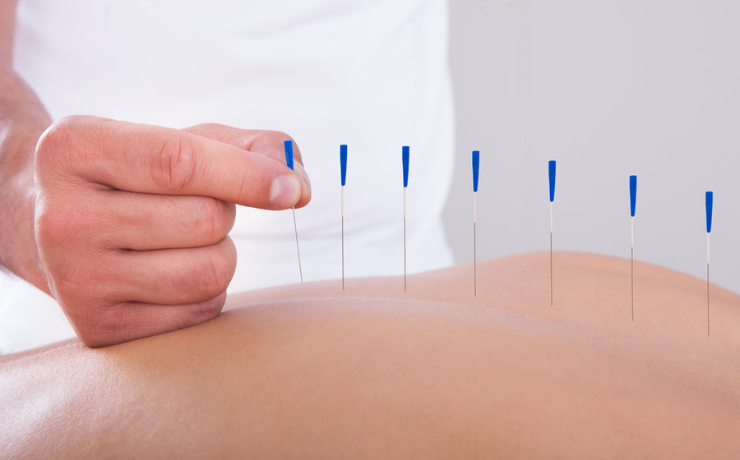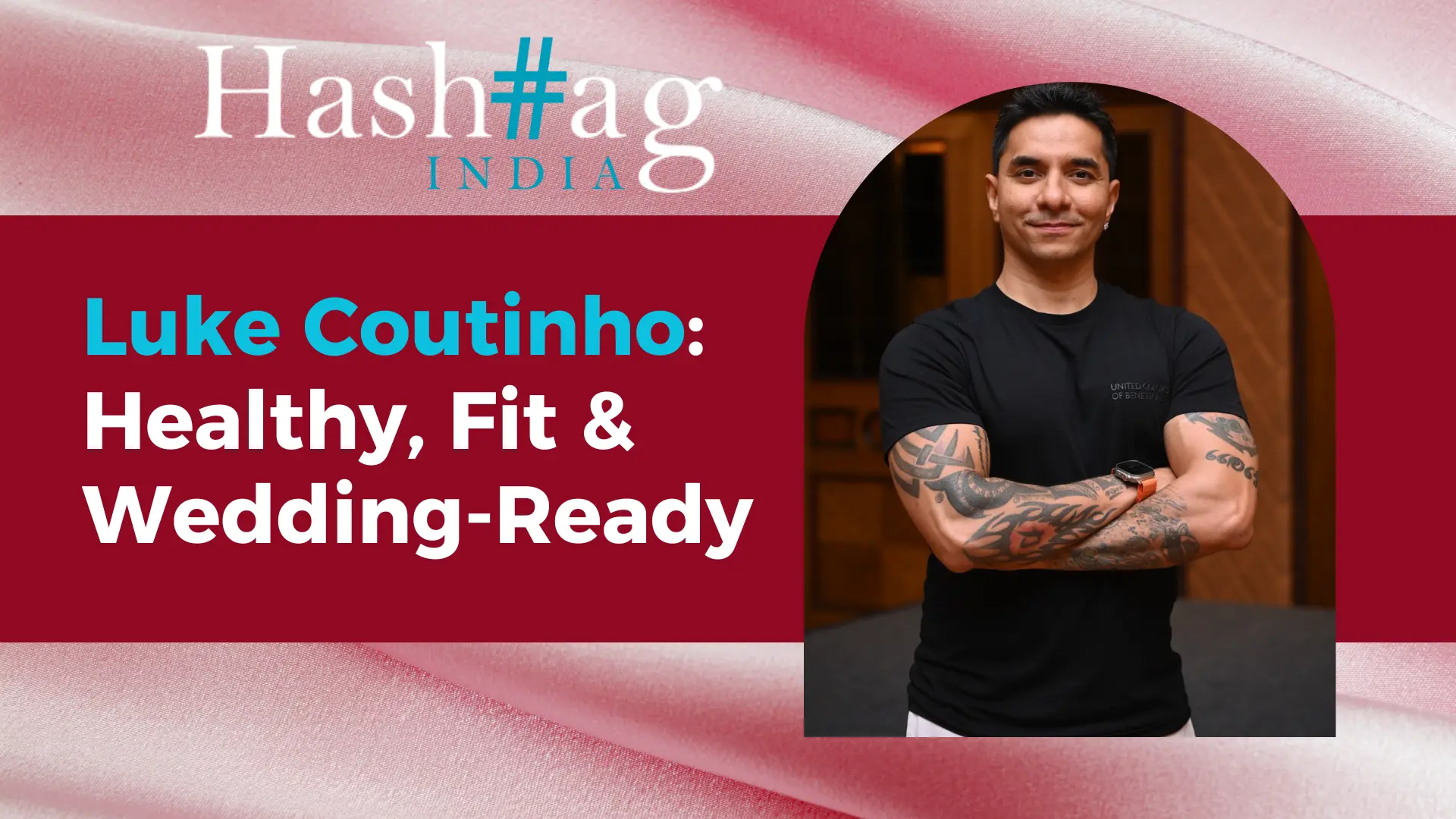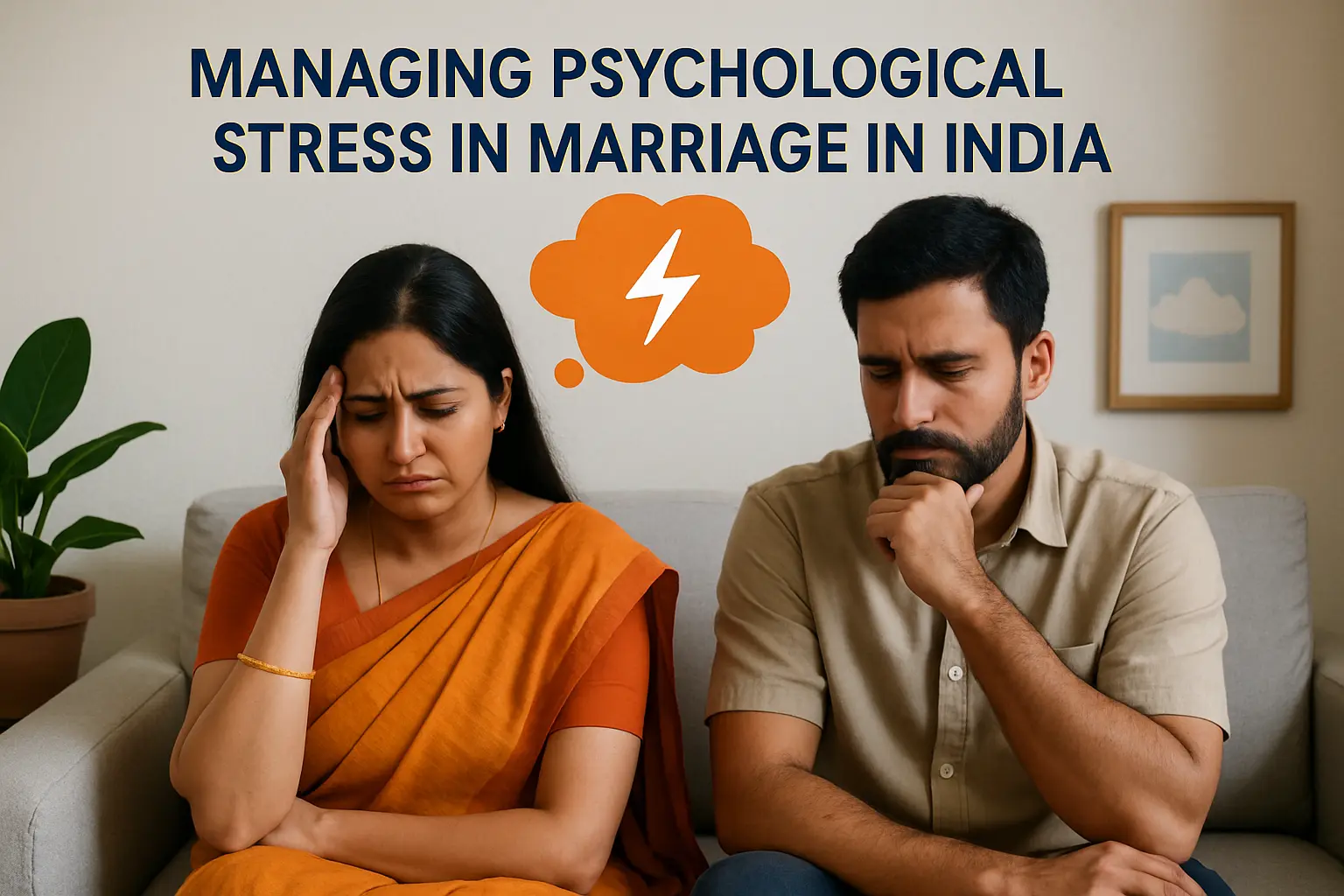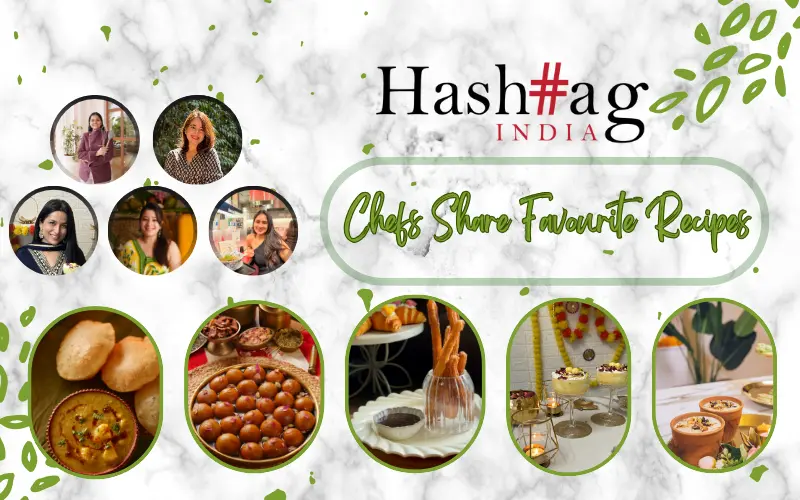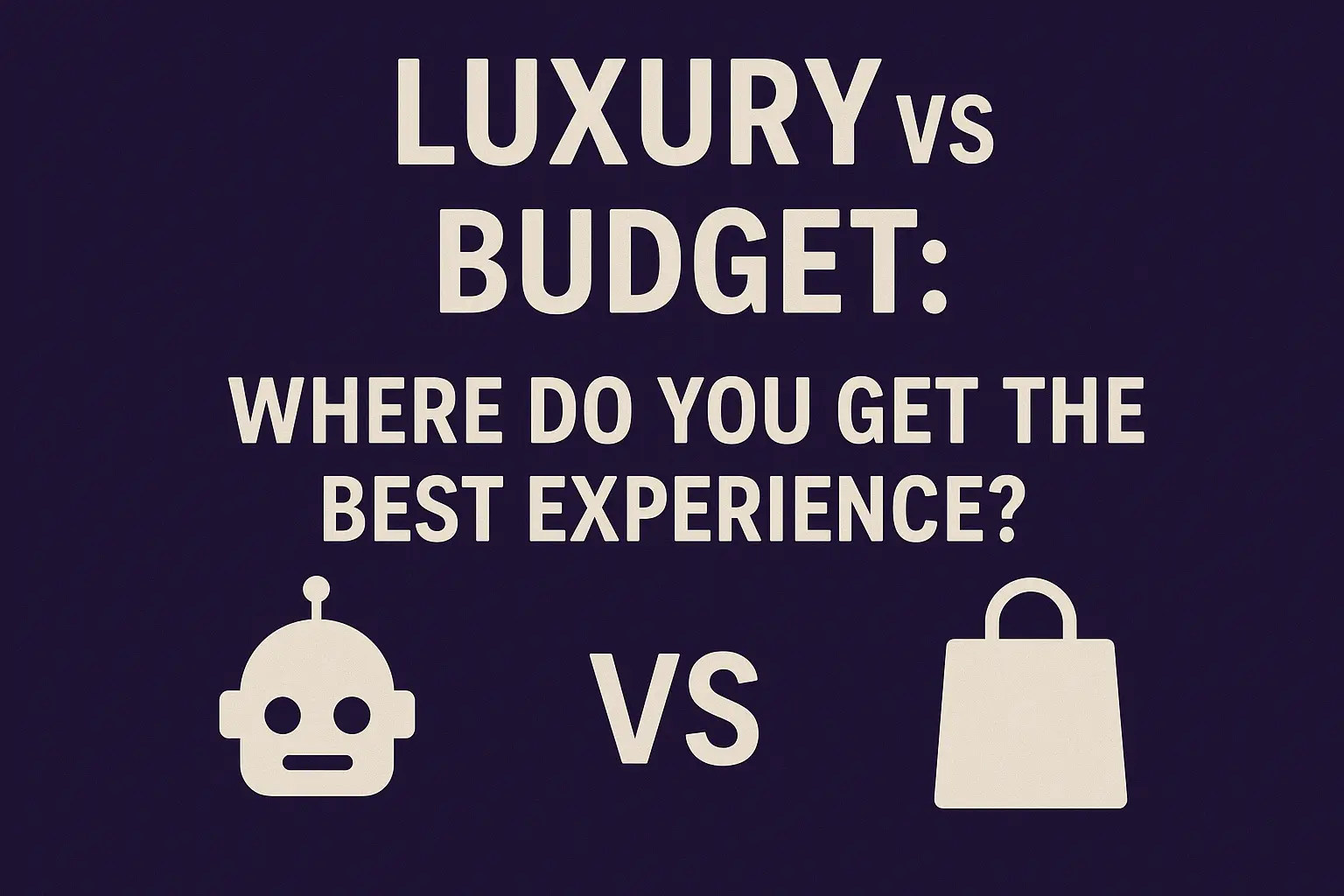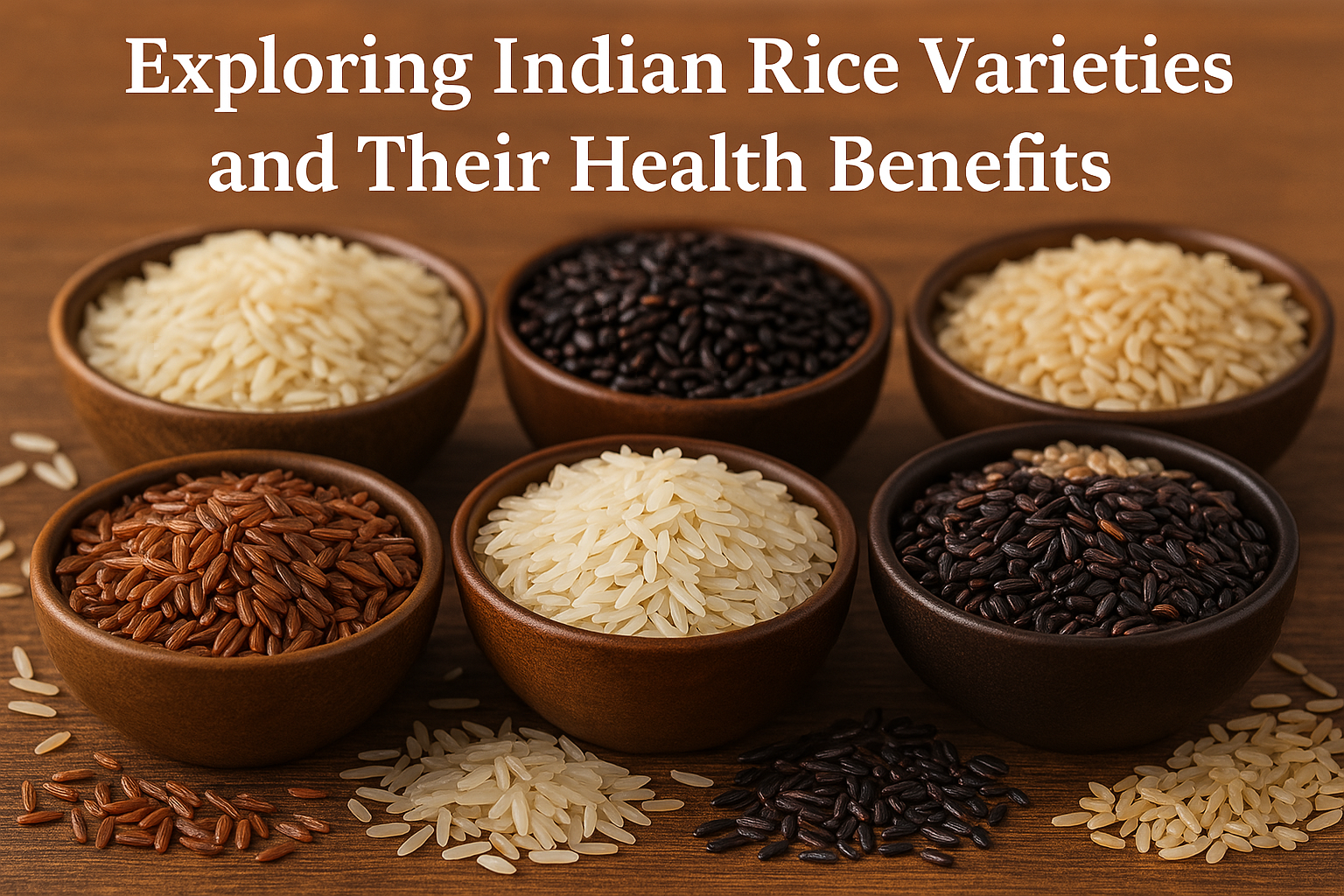Acupuncture is an ancient Chinese medical practice that has been used for thousands of years to treat various health conditions. It involves inserting thin needles into specific points on the body, stimulating the body’s natural healing process. In the past few years, it has gained a lot of popularity in the western world as a therapy for normal medical treatments. Dhanush Kumar lists down some of the benefits of acupuncture and how it can improve overall health.
Relieves Pain and Inflammation
Acupuncture is known for its power to relieve pain. Stimulating specific points in the body can help to reduce inflammation and increases blood flow. This can be useful for people who suffer from chronic pain conditions like arthritis, and back pain. Headaches and migraines can be treated as well.
Reduces Stress and Anxiety
In the past few years, stress and anxiety have become common problems. With the help of acupuncture. it is proven to be effective in treating anxiety and depression. It helps you to relax by stimulating the body’s natural relaxation response. It can help lower blood pressure and slow down the heart rate.
Improves Sleep
One of the major problems we are facing these days is poor sleep quality. Sleep affects overall health. It is important to have a good sleep of a minimum of 6-8 hours daily. Acupuncture can help improve sleep quality by promoting relaxation. Research has shown that acupuncture can be effective in treating insomnia and other sleep disorders. It also promotes deeper, and better sleep.
Boosts Immunity
Acupuncture can help boost your immune system, making you less vulnerable to illness and disease. By stimulating some points in the body, acupuncture can increase the white blood cell production that is responsible for fighting the disease. It is effective in major disorders such as arthritis and sclerosis.
The Future Of Acupuncture
More people are showing interest in alternative therapies, and the future of acupuncture looks very bright. In the past few years, it has gained acceptance in mainstream medicine. Even doctors are recommending acupuncture as a therapy.
With the help of technology, acupuncturists are now offering virtual consultations, allowing people to receive treatment from their own homes.
Acupuncture is also being used in combination with other therapies like massage, and chiropractic, to provide a better approach to healthcare. This can help to improve overall health and reduces the need for medication and other costly treatments
Conclusion
Acupuncture continues to be studied and understood by experts. We will likely see more acceptance of this amazing healing practice. It is a safe and effective therapy that can help to improve your overall wellbeing.

